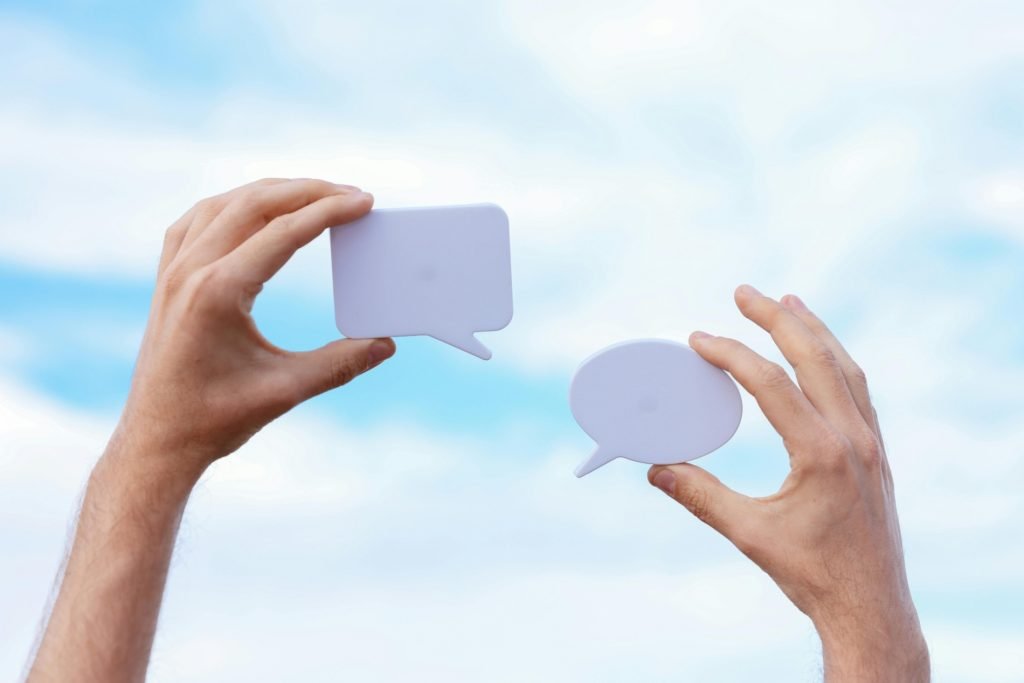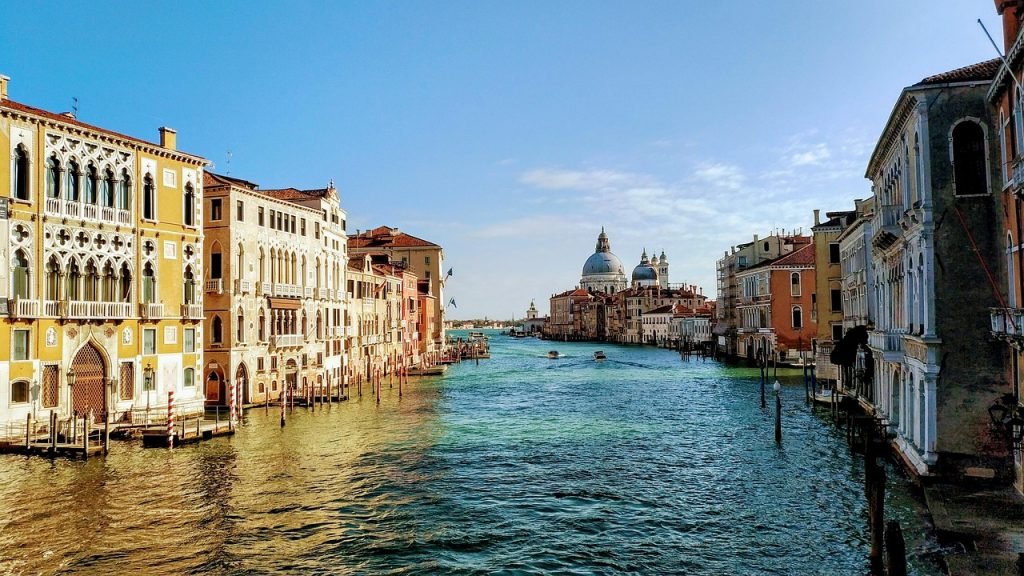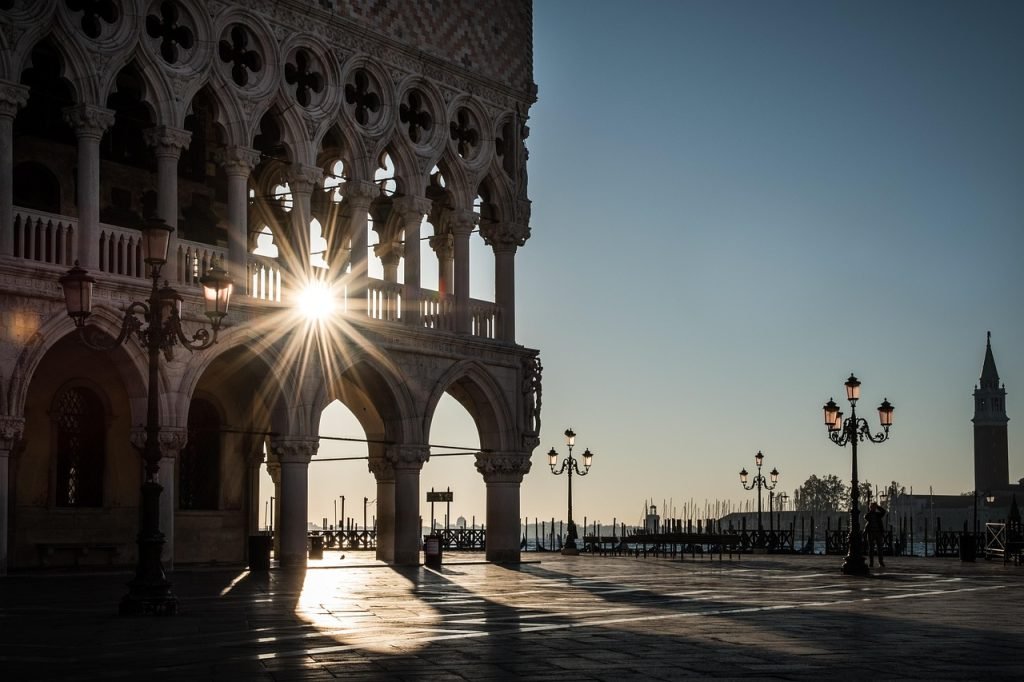Look, I need to get something off my chest. As someone who grew up in Northern Italy, watching my nonna negotiate with vendors at the Saturday market in the town center, I’m tired of seeing our gestures turned into pizza restaurant décor and tourist postcards.
Yes, we Italians gesture. A lot. But there’s so much more to it than the caricature the world has made of us.
The Truth About Why Italians Gesture (It’s Not What You Think)
First, let’s kill the myth that we gesture because we’re “passionate” or “expressive” people. That’s tourist brochure nonsense. We gesture because it’s efficient communication that evolved over centuries of practical necessity.
Picture this: Italy wasn’t unified until 1861. Before that, we had dozens of dialects, foreign occupations, and regions that might as well have been different countries. In Sicily, they spoke differently than in Lombardy. In Venice, they had their own thing going on. But a raised eyebrow, a specific hand position, a tilt of the head? That transcended regional boundaries.
Gestures became our universal language. They’re not decoration – they’re information.
The Most Misunderstood Italian Gestures (And What They Really Mean)
The “Prayer Hands” Position – Not What You Think
What tourists think it means: “Mamma mia, I love pizza!”
What it actually means: Depends entirely on the movement
Here’s where everyone gets confused. Fingertips together pointing upward, held still? That means “per favore” – please, or a supplication. It’s literally asking for something or begging.
But shake those same hands up and down, especially if you bring them to chest level? Now you’re saying “Why are you saying this?” with a critical, polemical tone toward what you’re seeing or hearing.
The Real “WTF” Gesture – The Most Misunderstood
The movement: Four fingers vertical, thumb pressed behind like squeezing something with fingertips, wrist bouncing up and down
What tourists think: Everything from “delicious food” to “I’m Italian”
What it actually means: Essentially “WTF?” or “What?”
This is THE gesture that gets butchered in every movie and restaurant worldwide. It becomes more intense – “what the hell are you saying?” – the faster you shake it. I see tourists doing this while ordering gelato, thinking they look Italian. They’re actually asking the vendor “what the hell is wrong with you?”
The Chin Flick – “Non Me Ne Frega”
What it looks like: Flicking the back of your fingers against your chin
What it means: “I couldn’t care less” or “Get lost”
This is not a friendly gesture. If an Italian gives you the chin flick, you’ve either insulted their mother, their football team, or their choice of coffee bar. It’s the equivalent of a very Italian middle finger, but classier.
The “Quanto Costa” – The Money Gesture
The movement: Rubbing thumb and index finger together
The meaning: “How much?” or “This is expensive”
This one the tourists usually get right. We do this when asking about prices, complaining about prices, or indicating that someone is greedy. It’s universal, practical, and saves us from having to say “expensive” in seventeen different dialects.
The Gestures You’ll Never See in Tourist Guides
Here’s where I get real with you. There are gestures we use that no guidebook will teach you because they’re too subtle, too regional, or too honest about what we really think.
The “Hai Paura?” – The Fear Taunt
The movement: Open palm facing up, fingers opening and closing in pointed peaks
What it means: “Are you scared?” or “Are you chickening out?”
This is pure provocation. You’ll see this between friends when someone is hesitating to do something, or in more serious situations when someone is questioning another person’s courage.
The “Aumm Aumm” – The Spider Hand
Perhaps one of the most absurd and emblematic gestures. Hand shaped like a spider with fingers pointing down, wrist rotating.
This means “aumm aumm” – a Neapolitan expression indicating something shady, clandestine, or secret. The gesture is used throughout Italy to indicate a certain complicity between two people in finding a solution to a problem… though not necessarily in the most honest way possible.
The “Vattene” – The Dismissal
The movement: Rigid hand, palm facing outward, moving from low to high
What it means: “Go away” or “Get lost”
This is our polite way of telling someone to leave. Same gesture but moving from high to low? That means “I’ll hit you” – though usually said sarcastically, not as a real threat.
The “Non C’è Più” – The Rotation
The movement: Thumb up, index finger pointing out (like a gun), forearm rotating left to right
What it means: “There’s nothing left” or “It’s finished”
You’ll see this at restaurants when they’re out of tables, at shops when they’ve sold out of something, or when your favorite café runs out of cornetti at 11 AM.
The Thumbs Up – But With a Twist
Standard thumbs up: The most common way to say “OK” or “good”
Thumbs up to eye, sliding down cheek: “You’re clever!” or “You’re being sneaky”
The second version is often sarcastic – like when someone thinks they’re being smart but we’ve seen right through them.
Why We’re Not Actually “Talking With Our Hands”
Here’s the thing that drives me crazy about how the world sees Italian gestures: you think we’re just waving our hands around for emphasis. That’s like saying a conductor is just wiggling a stick at an orchestra.
Our gestures are syntax. They’re punctuation. They’re adjectives and adverbs and sometimes entire clauses.
When my cousin Marco tells a story about his disastrous date last week, his hands are providing context that his words can’t carry. The height of his palm shows how tall she claimed to be versus how tall she actually was. The speed of his finger tap indicates exactly how long he waited for her. The specific angle of his wrist describes her attitude when she finally showed up.
Remove the gestures from Marco’s story, and you lose half the information. It’s not decoration – it’s data.
The Rules of Italian Gesturing (Yes, There Are Rules)
Rule #1: Context Is Everything
The same hand position can mean completely different things depending on where you are. The “OK” sign means “perfect” in Rome but can be insulting in Sardinia. A gesture that’s friendly in the morning can be aggressive in the evening.
Rule #2: Speed Matters
Fast gestures are usually emotional. Slow gestures are usually explanatory. If someone is gesturing rapidly, they’re either very excited or very angry. There’s rarely an in-between.
Rule #3: Size Indicates Audience
Small, close gestures are for intimate conversations. Big, dramatic gestures are for public discourse or when you’re trying to get someone’s attention across a piazza.
Rule #4: Eyes Override Hands
You can make any gesture you want, but if your eyes don’t match, we know you’re not serious. The eyes are the final authority in Italian communication.
What Italians Really Think About Gesture Stereotypes
Want to know what annoys us most about how the world portrays our gestures? It’s not that you notice them or find them interesting. It’s that you’ve turned them into a costume.
When tourists come to Italy and start wildly gesticulating while ordering gelato, thinking they’re “being Italian,” it’s like watching someone put on a fake accent. You’re not communicating – you’re performing a caricature.
We don’t mind if you’re curious about our gestures. We’ll teach them to you if you ask genuinely. But please, per favore amici, understand that they’re not party tricks. They’re how we actually communicate complex ideas efficiently.
The Regional Differences No One Talks About
Northern Italians gesture differently than Southern Italians. Growing up in the North, I learned that our gestures are more subtle, more economical. We don’t waste movement. A slight tilt of the head in Lombardy can convey what takes a full arm gesture in Sicily. Venetians have gestures that Florentines don’t use. Sicilians have an entire vocabulary of movements that would confuse someone from Torino.
In Milano, gestures are smaller, more controlled, more business-like – this is where I learned the subtle art of the raised eyebrow that can close a deal or end a conversation. In Napoli, they’re larger, more theatrical, more emotional. In Palermo, they include facial expressions that could tell entire stories.
The “Italian gestures” you see in movies? They’re usually a mix of different regional styles, like taking words from English, French, and German and calling it “European language.”
How to Actually Learn Italian Gestures (If You Really Want To)
Stop watching YouTube videos of people explaining gestures while sitting in front of fake Italian flags.
Instead, watch how Italians interact naturally. Go to a local market and observe how people negotiate prices. Sit in a café and watch friends argue about football. Stand near a bus stop and see how people communicate when they can’t hear each other over traffic.
Notice that the gestures aren’t random. They follow patterns. They have grammar. They have cultural context that takes years to understand fully.
And most importantly: don’t try to use them until you understand what you’re actually saying. A gesture in the wrong context can range from embarrassing to offensive.
The Bottom Line About Italian Gestures
We gesture because it works. Because it’s efficient. Because it carries meaning that words alone can’t express. Because it connects us to centuries of Italian communication evolution.
It’s not about being passionate or expressive or any of the other romantic nonsense that gets written about us. It’s about being understood clearly and quickly in a culture that values both precision and efficiency.
So yes, watch our hands when we talk. Try to understand what we’re saying. Ask questions if you’re genuinely curious.
Just remember that behind every gesture is a person trying to communicate something specific. We’re not performing for you – we’re talking to you.
And that makes all the difference.
Ciao from Italy – where we’ve been perfecting the art of saying more with less for over two thousand years.


